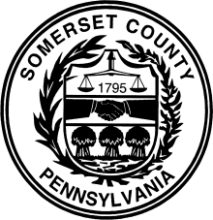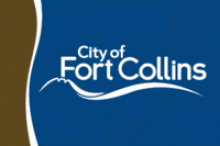Rio Blanco County To Eliminate Third Layer
Just days ago, voters in more than a dozen Colorado communities chose to opt out of SB 152 the way Rio Blanco County did in 2014. The rural western county has since started connecting residents and businesses to high-quality Internet access via its publicly owned open access fiber optic infrastructure. Due to high demand, they recently announced that they’re making changes in their business plan and taking a more direct role in operations.
Until now, Rio Blanco County has worked with Colorado Fiber Community (CFC) under a three-layered plan in which CFC contracts with the county to perform maintenance and operations on the network that the county owns. Local ISPs LAI and Cimarron use the infrastructure to deliver services to the public and work directly with subscribers. The county has decided to end its agreement with CFC and take over operations and maintenance.
Too Much Good Internet
The popularity of the project created its own problems when the demand for service far outpaced estimates. CFC budgeted $1.5 million to fund connections in a timely manner but quickly depleted those funds. The county had expected a take rate of 40 percent, but this September CFC anticipated a take rate of 75 - 80 percent.
Without additional funding to expedite installations, CFC would have been limited to connecting 10 - 15 premises per month. Such a rate would only meet about ten percent of the expected demand, when considering more than 100 premises had been connected in August.
Rather than dramatically slow the rate of installations, Rio Blanco County Commissioners decided in September that the county would pay for the first $1,160 required to connect each premise. Property owners are responsible for any additional costs. The Commissioners voted to use reserves to fund the remaining drops.
County Commissioner Si Woodruff told the Herald Times earlier this year:










